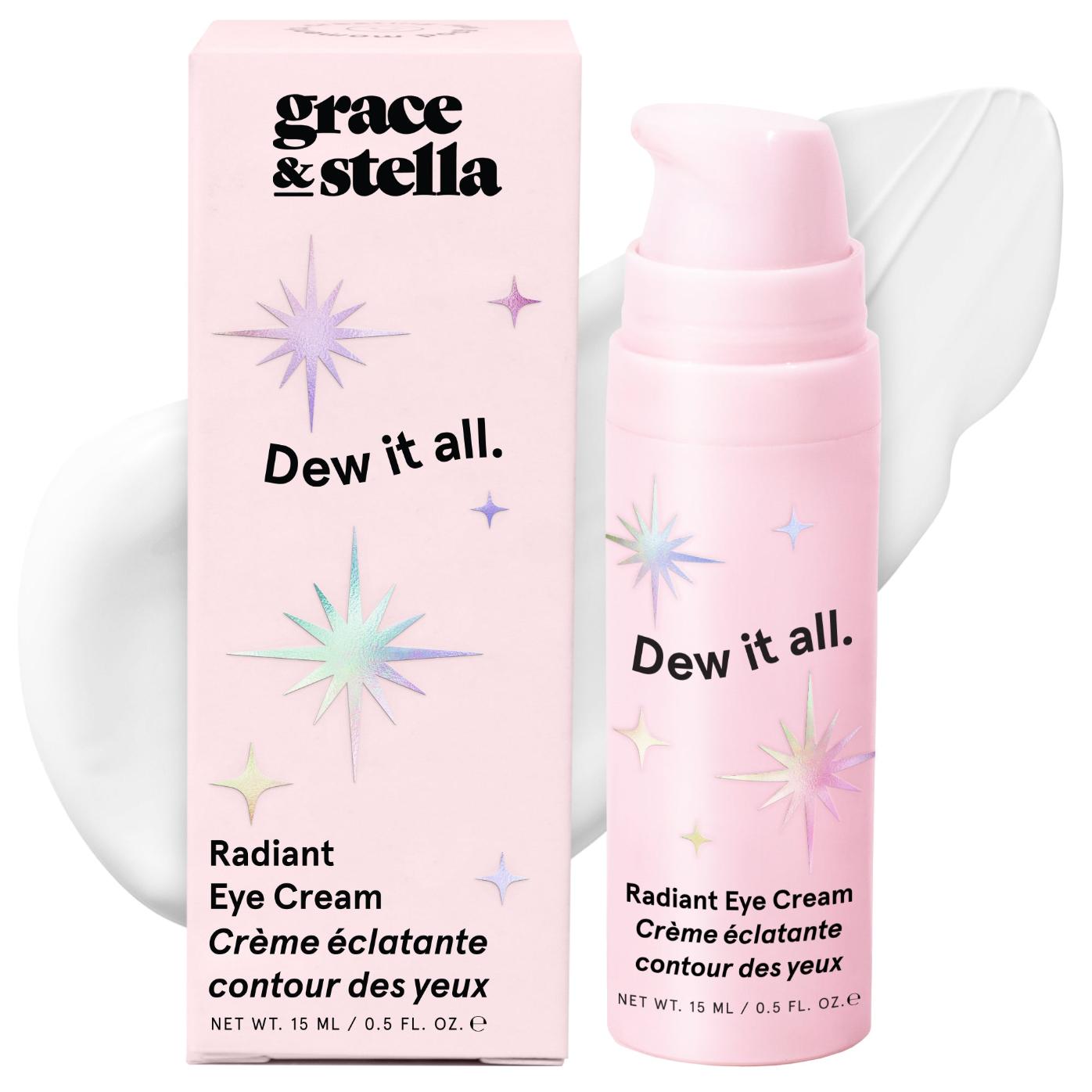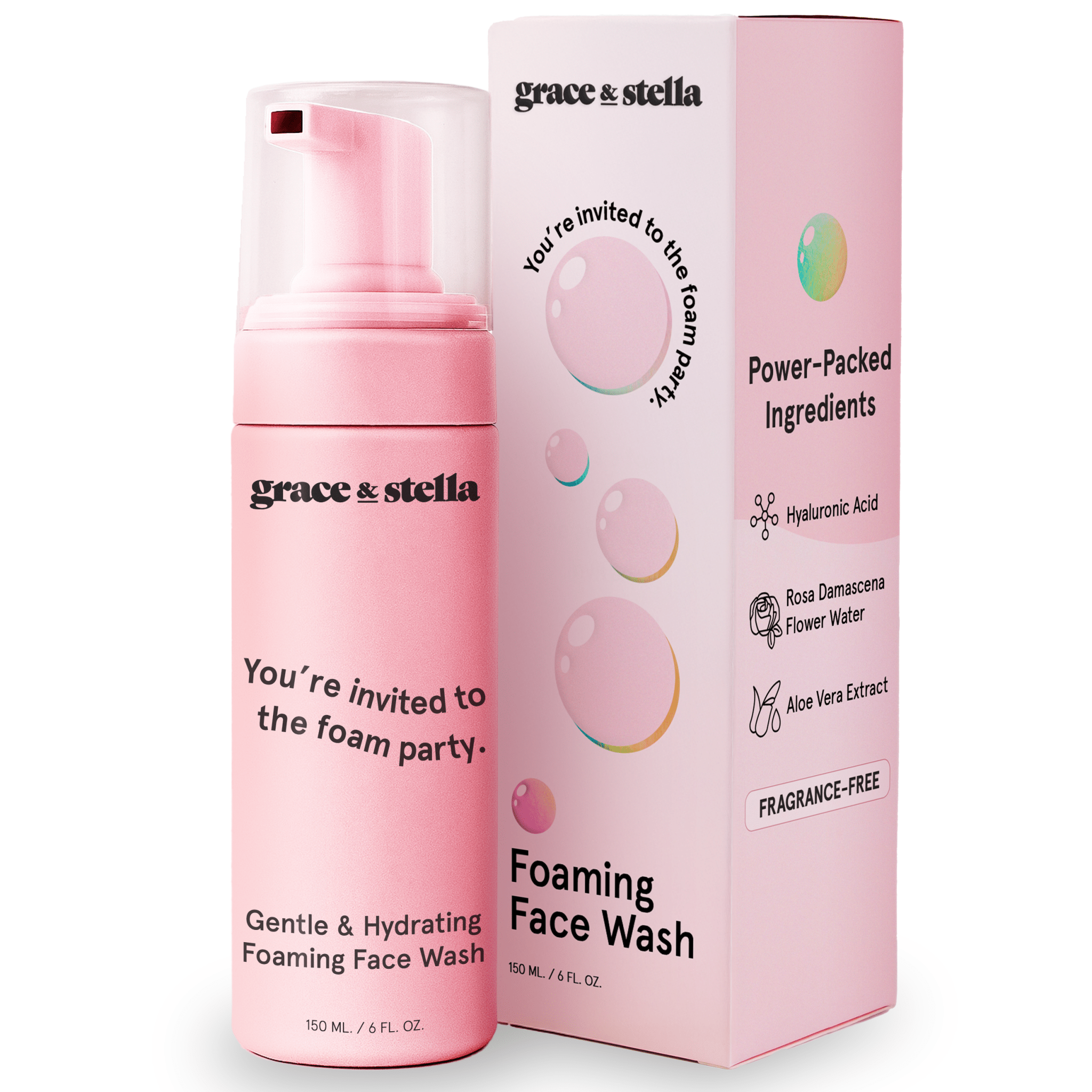Waxy Maize Starch
What is Waxy Maize Starch?
Waxy Maize Starch is a plant-based ingredient derived from corn. It is a type of carbohydrate that is commonly used as a thickening agent and emulsifier in beauty and personal care products. It is a white, odorless, and tasteless powder that is easily soluble in water and has excellent thickening properties.
Where is Waxy Maize Starch from?
Waxy Maize Starch is derived from corn, specifically a variety of corn known as waxy maize. It is extracted from the endosperm of the corn kernel and is then processed to obtain a fine powder. The extraction and processing of Waxy Maize Starch is typically done using environmentally-friendly methods, making it a suitable ingredient for vegan and eco-conscious consumers.
Where is Waxy Maize Starch used?
Waxy Maize Starch is commonly used as a thickening agent and emulsifier in a variety of beauty and personal care products, including skincare products, haircare products, and body care products. It helps to improve the texture and stability of these products, making them easier to apply and improving their overall performance.
What are the benefits of Waxy Maize Starch?
Thickening
Waxy Maize Starch is an excellent thickening agent that helps to improve the texture and consistency of beauty and personal care products. This makes them easier to apply and improves their overall performance.
Emulsifying
Waxy Maize Starch is also an effective emulsifier that helps to improve the stability of beauty and personal care products. This means that it helps to keep the ingredients in the formula mixed together, preventing them from separating.
Absorbing
Waxy Maize Starch is also an absorbent ingredient that helps to absorb excess oil from the skin and hair. This makes it a suitable ingredient for oily skin and hair, as it helps to control shine and reduce the appearance of greasiness.
Is Waxy Maize Starch safe to use?
Waxy Maize Starch is considered safe for use in beauty and personal care products. It is an FDA-approved ingredient and is widely used in many products. However, it is always important to patch test new products before using them on a larger scale to minimize the risk of an allergic reaction.
















